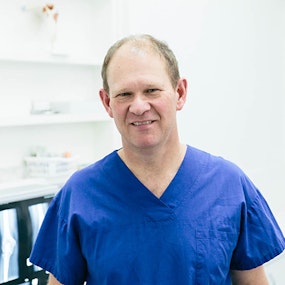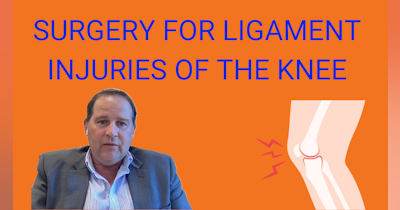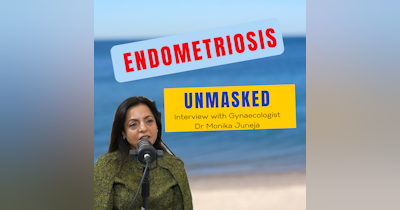The shoulder is one of the most intricate joints in the human body, vulnerable to a range of injuries from dislocations to tendon tears. Dr. Nimon discusses how the classification of these injuries into categories like elective, traumatic, or a combination is vital in determining the appropriate treatment approach. Patient history plays a significant role in diagnosis, with past medical events such as previous dislocations or signs of joint laxity being important indicators of a patient's condition.
A detailed examination of the shoulder's anatomy, particularly the labrum, reveals its importance in maintaining joint stability. Dr. Nimon explains how injuries such as the Bankart lesion can compromise this stability and delves into the acute management of shoulder dislocations, emphasizing the debate on immobilization versus early mobilization.
The genetic predisposition of some patients to ligamentous laxity is also discussed, highlighting how it can affect the likelihood of recurrent dislocations. This is particularly relevant for athletes and individuals under 35, where the prevention of repeated dislocations is a primary concern. Dr. Nimon also outlines the strategic role of physiotherapy in reinforcing shoulder muscles to support the joint.
When it comes to recovery following shoulder dislocations, Dr. Nimon stresses the importance of a carefully tailored recovery process. This involves a delicate balance between immobilization, a gradual increase in motion, and strength training. He discusses the intricacies of acromioclavicular (AC) joint dislocations, detailing the classification of these injuries using the Rockwood system and the various treatment options available.
Throughout the episode, Dr. Nimon provides invaluable insights into the management and prognosis of shoulder dislocations, stressing the importance of consulting a specialist for unique health concerns. His expert perspective merges practical medicine with academic expertise, offering listeners a comprehensive understanding of shoulder injury management.
In summary, the podcast serves as an educational treasure trove for both medical professionals and students, with Dr. Nimon's knowledge and pragmatic approach shining through. It's a testament to the dedication of healthcare experts in educating the public and the medical community on the best practices in orthopaedic care. As the host reminds us, while the podcast provides valuable information, it is crucial for individuals to seek personalized advice from healthcare professionals for their specific medical needs.







